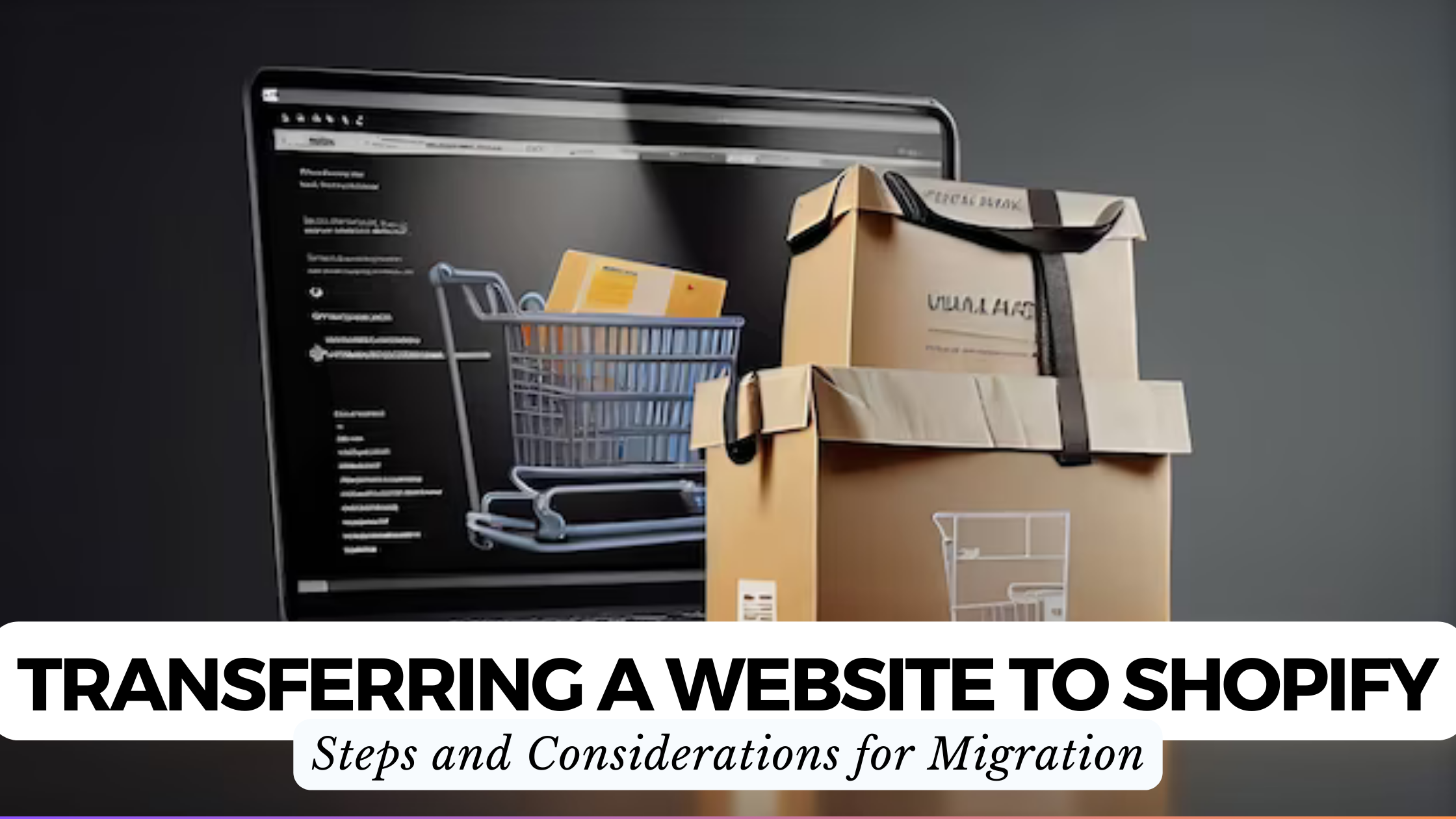Transferring a Website to Shopify: Steps and Considerations for Migration


Transferring a Website to Shopify: Steps and Considerations for Migration
Moving your website to Shopify can be a transformative step, offering a robust e-commerce platform with a plethora of features. In this guide, we’ll walk you through the essential steps and considerations for a seamless website migration. Additionally, we’ll introduce relevant SaaS products that can enhance your Shopify experience.
Understanding the Migration Process
1. Assess Your Current Website
Before initiating the transfer, conduct a thorough assessment of your current website. Identify crucial elements, such as content, product listings, and customer data.
2. Choose a Shopify Plan
Select a Shopify plan that aligns with your business needs. Shopify offers various plans catering to different scales of businesses, from startups to enterprises.
3. Set Up Your Shopify Account
Create a Shopify account and follow the prompts to set up your store. This includes entering basic information, selecting a store name, and configuring payment options.
4. Import Your Products
Streamline product migration using tools like Cart2Cart. This service facilitates automated product import from your existing website to Shopify.
5. Design Your Shopify Store
Utilize the flexibility of Shopify themes to design a visually appealing and user-friendly online store. Customize the look and feel to resonate with your brand identity.
Key Considerations for a Smooth Migration
1. SEO Preservation
Maintain your website’s SEO equity by redirecting old URLs to their corresponding new Shopify URLs. Utilize tools like SEO Redirects by Linkcious for effective redirection.
2. Data Security
Ensure the secure transfer of customer data during migration. Platforms like TruConversion offer analytics tools with a focus on user privacy and data security.
3. Mobile Responsiveness
Shopify emphasizes mobile responsiveness. Tools like Google’s Mobile-Friendly Test help verify the mobile compatibility of your new Shopify store.
4. Payment Gateway Integration
Seamlessly integrate payment gateways. Shopify supports a wide array of payment options; ensure your chosen gateway aligns with your business requirements.
5. Testing and Quality Assurance
Before going live, rigorously test your Shopify store. Tools like LambdaTest assist in cross-browser and cross-device testing.
Conclusion: Elevate Your E-Commerce Journey with Shopify
Transferring your website to Shopify can be a game-changer for your online business. By following these steps and considering essential factors, you pave the way for a successful migration.
Explore a multitude of SaaS tools to optimize your Shopify experience at Subscribed.FYI. Sign up today to unlock exclusive deals and gain insights into managing your SaaS stack effectively.
Explore the mentioned SaaS products: Cart2Cart | SEO Redirects by Linkcious | TruConversion | Google’s Mobile-Friendly Test | LambdaTest
Discover deals and insights at Subscribed.FYI and Subscribed.FYI Deals.





